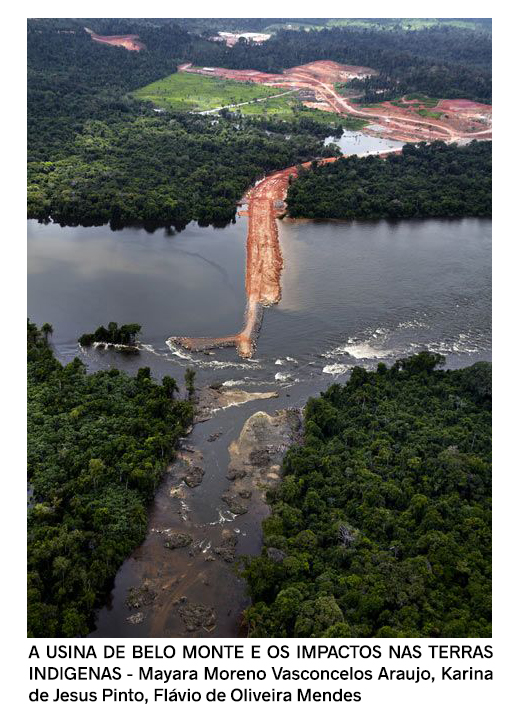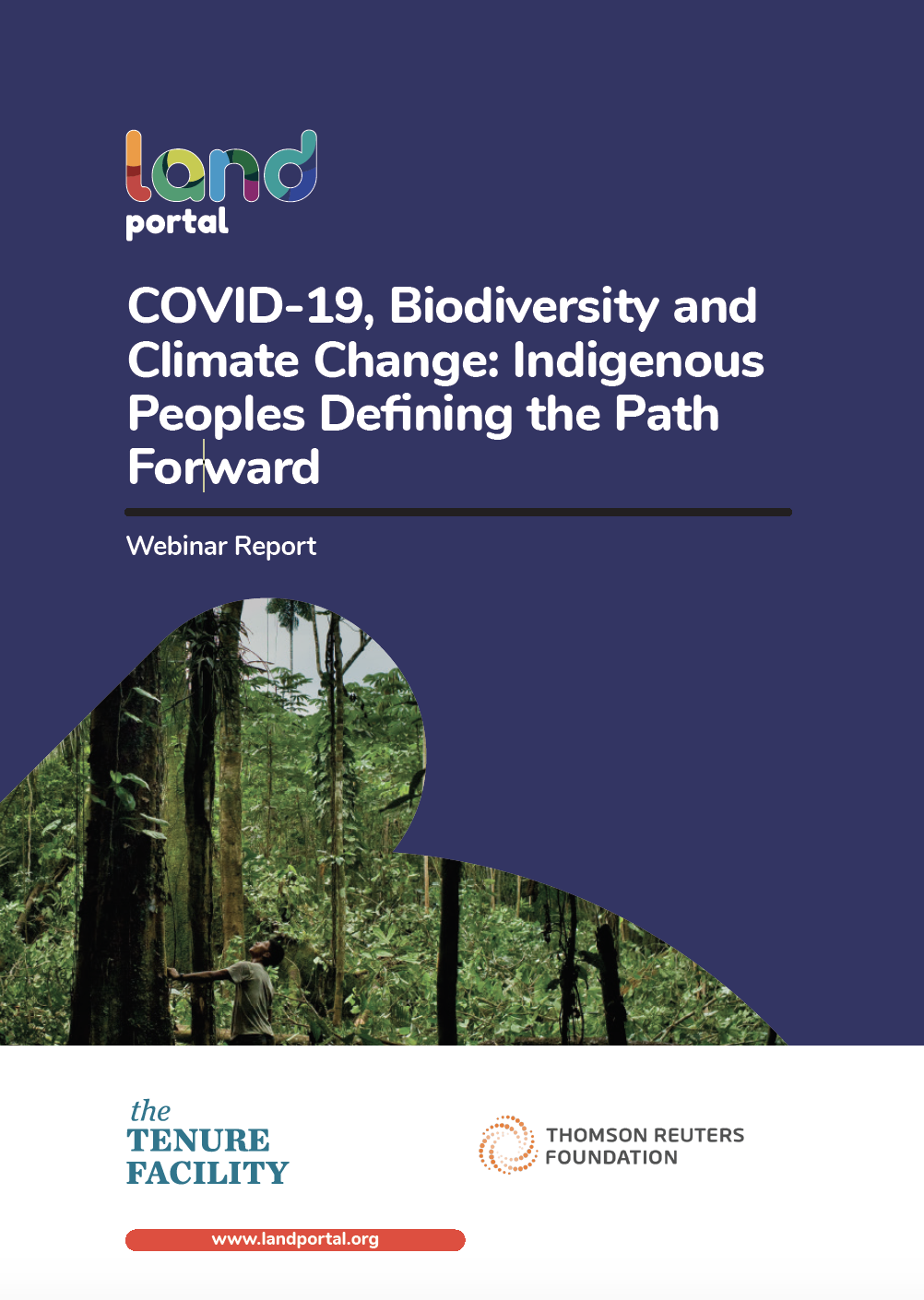Communal Property Associations Act
To enable communities to form juristic persons, to be known as communal property associations in order to acquire, hold and manage property on a basis agreed to by members of a community in terms of a written constitution; and to provide for matters connected therewith. (English text signed by the President.)











